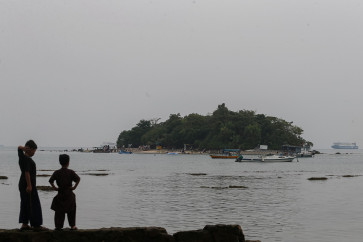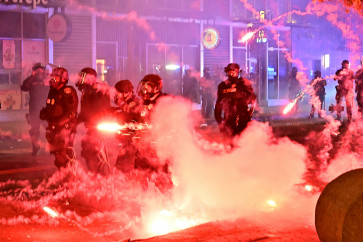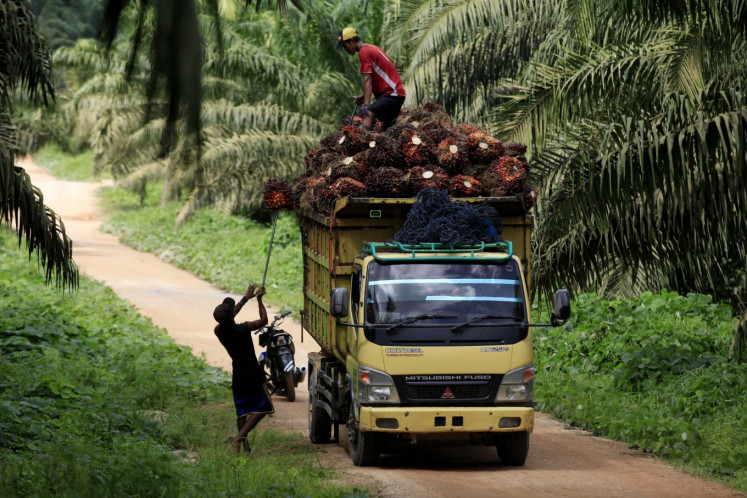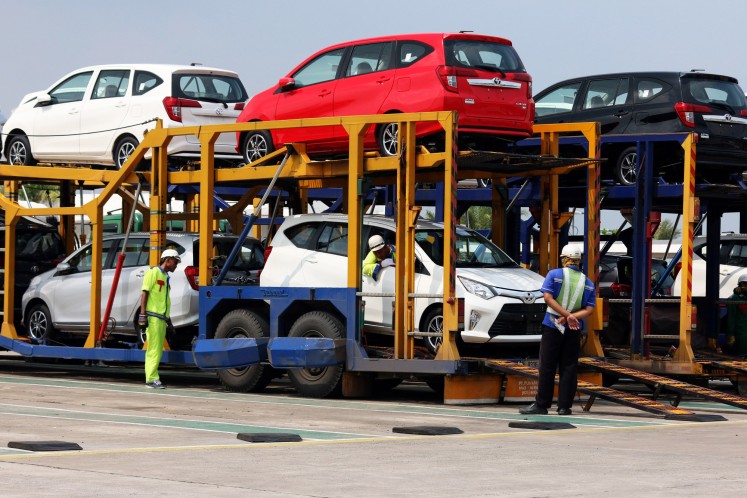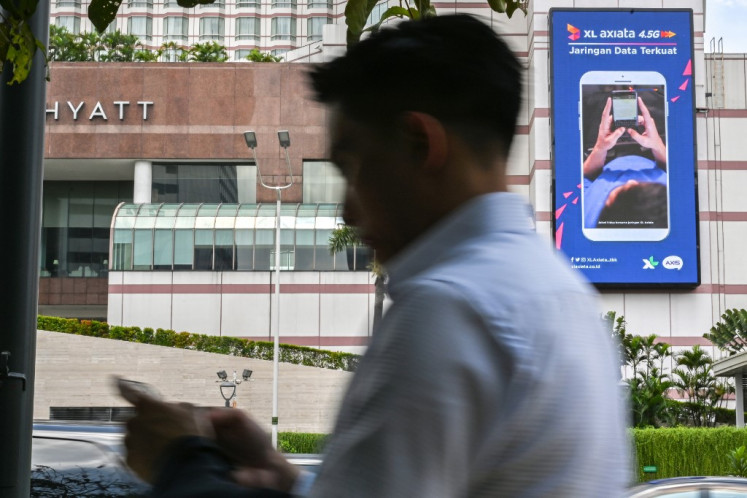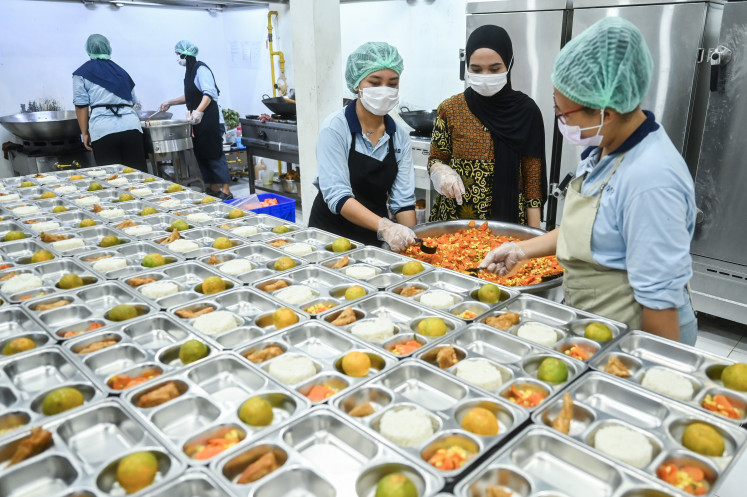Popular Reads
Top Results
Can't find what you're looking for?
View all search resultsPopular Reads
Top Results
Can't find what you're looking for?
View all search resultsHaze back with a vengeance in N. Sumatra; worst likely still to come
The scourge of Sumatra returned on Wednesday, as haze blanketed the city of Medan and surrounding areas, disrupting flights at the Kuala Namu International Airport in Deli Serdang regency and Ferdinand Lumban Tobing Airport in Pinangsori, Central Tapanuli regency, North Sumatra
Change text size
Gift Premium Articles
to Anyone

T
he scourge of Sumatra returned on Wednesday, as haze blanketed the city of Medan and surrounding areas, disrupting flights at the Kuala Namu International Airport in Deli Serdang regency and Ferdinand Lumban Tobing Airport in Pinangsori, Central Tapanuli regency, North Sumatra.
The Meteorology, Climatology and Geophysics Agency (BMKG) information and data section head, Mega Sirait, said visibility at Kuala Namu and Pinangsori airports only reached 400 meters at 7 a.m. local time.
'By 11:30 a.m., visibility at Kuala Namu airport improved to 4 kilometers, but not at the Pinangsori airport,' Mega said on Wednesday.
She added that this latest wave of haze originated from forest fires in a number of regions in the province.
She said that based on images from the Terra Aqua satellite taken at 5 a.m. local time, the number of forest fires in the province had reached 29.
Mega explained that seven hotspots were detected in Mandailing Natal regency, eight in Labuhanbatu, four in Central Tapanuli, three in South Tapanuli, three in Langkat, three in Karo and one in Padang Sidempuan.
She said the number of fires in North Sumatra had been fluctuating since February.
'The fires are driven mainly by people clearing forests by burning. This has become routine every year during the dry season. Perpetrators often take advantage of the drought to clear forest by burning,' said Mega.
Meanwhile, Pinangsori airport manager Ambar Suryoko said flights at the airport were delayed until noon on Wednesday due to the dense haze.
'Visibility is only 400 meters, thus unsafe for flights,' Ambar said on Wednesday.
Meanwhile, unseasonably dry weather in Riau is being cited by climatology experts as an important factor in the proliferation of hotspots in various parts of the province in February and March.
'Precipitation in the eastern part of Sumatra hit a low in February,' said Heru Widodo, a member of the technical management unit for artificial rain run by the Agency for the Assessment and Application of Technology (BPPT) in Jakarta, on Wednesday.
According to Heru, precipitation was around one-third of the average rainfall for the same month last year, creating conducive fire conditions. Technically, it is still rainy season in northern Sumatra.
Assistant deputy of science and technology at the Research and Technology Ministry, Prakoso, revealed that the dry conditions could worsen, as forecasters were predicting an El Nino weather pattern for 2014, which would likely trigger drought conditions in Southeast Asia and Australia.
'The impacts of climate change cannot be fully eliminated, only reduced,' said Prakoso.
Meanwhile, researcher from the National Aeronautics and Space Institute (Lapan) Didi Satiadi said data from the Satellite Disaster Early Warning System (Sadewa) had revealed a shift in the dry season, which was predicted to start after April's transitional season.
'The dry season will start in May, and last till October,' he said, adding that he recommended nine fire-prone areas be preemptively put on alert status to anticipate hotspots.
The areas included Riau, Jambi, North Sumatra, South Sumatra, Aceh, Central Kalimantan, East Kalimantan, South Kalimantan and West Kalimantan. (tjs)

